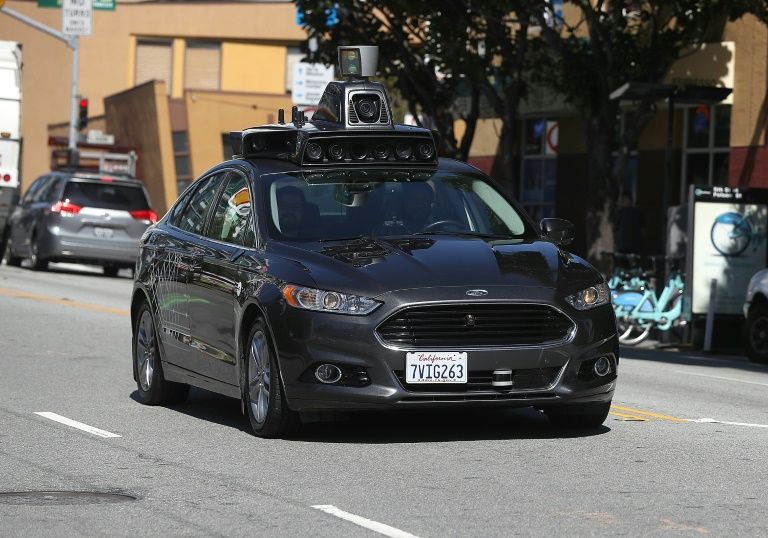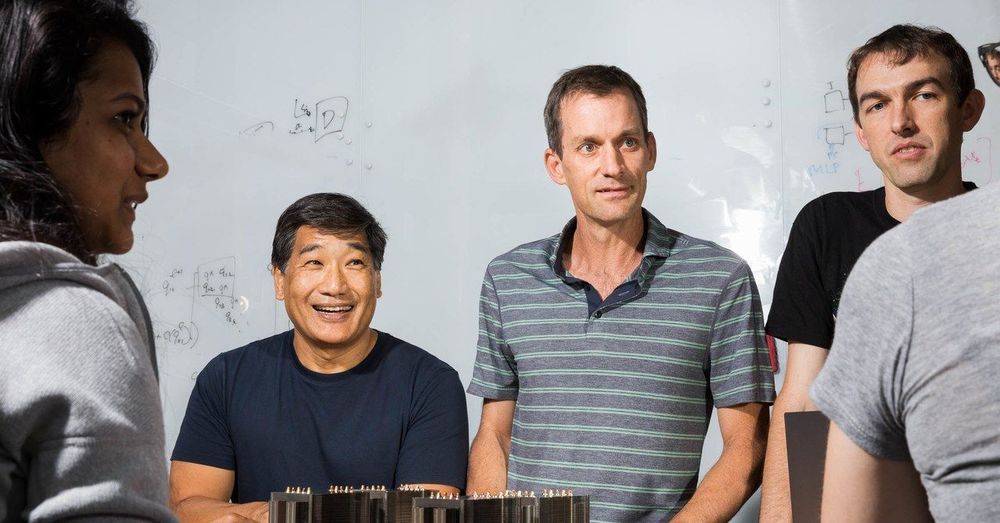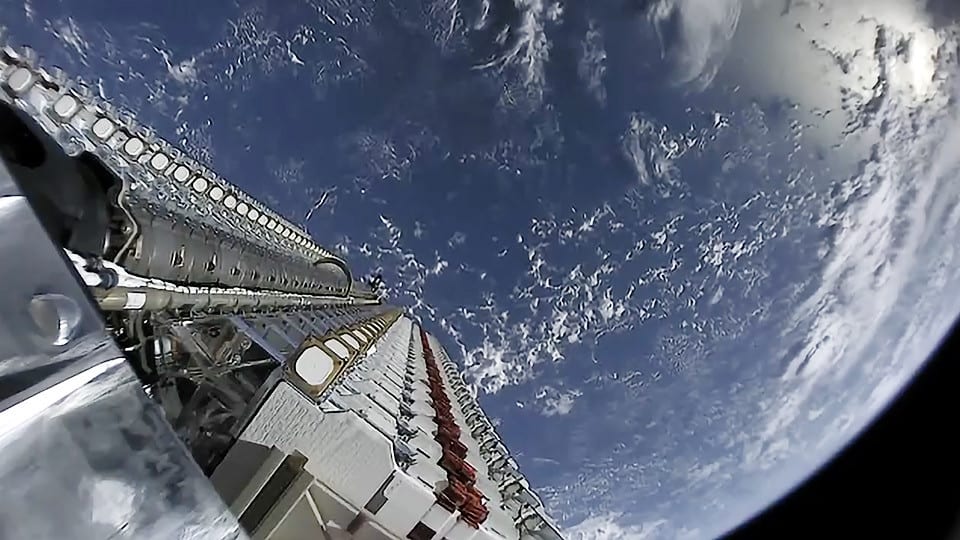The first driverless cars were supposed to be deployed on the roads of American cities in 2019, but just a few days before the end of the year, the lofty promises of car manufacturers and Silicon Valley remain far from becoming reality.
Recent accidents, such as those involving Tesla cars equipped with Autopilot, a driver assistance software, have shown that “the technology is not ready,” said Dan Albert, critic and author of the book “Are We There Yet?” on the history of the American automobile.
He questioned the optimistic sales pitch that autonomous cars would help reduce road deaths — 40,000 every year in the United States, mostly due to human error — because these vehicles themselves have caused deaths.







